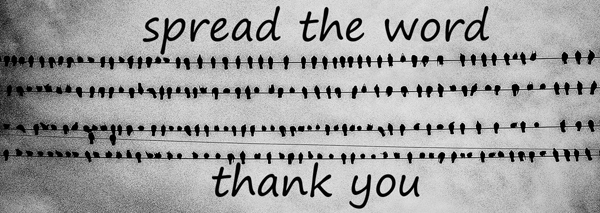
| WELCOME |
 |

comments, ephemera, speculation, etc. (protected political speech and personal opinion) 2022- 2022-04-06 d MURDER MINSTREL SHOW IV Because Almost Every
Fatal/Non-Fatal Shooting in Philadelphia Is by a
Black Individual, Black Journalists Beg Local News
Networks to Stop Reporting Breaking News on Gun
Violence
______________________Because black people commit nearly every fatal/non-fatal shooting in Philadelphia, black journalists and trauma surgeons agree local media shouldn’t report on individual black violence because it hurts black people’s feelings. Seriously. [Stop doing ‘breaking news’ for more accurate gun violence coverage, panel says: One solution: Build relationships to restore trust in local media., BillyPenn.com, April 1, 2022]:
Trauma surgeon and researcher Beard, whose recent research analyzed local news coverage of gun violence incidents, pointed to episodic framing as the media’s biggest obstacle. You can think of episodic frames as the journalist’s equivalent to a season of “Law and Order: SVU,” where each individual episode focuses on solving a specific crime, with little overarching narrative. For reporters, episodic crime coverage means focusing on each incident individually without acknowledging the context: what caused the conflict, what resources the neighborhood has, and how victims or bystanders might describe things differently than police. It’s the default format for local outlets trying to break news fast, but Beard argued that it misinforms readers and viewers. “I don’t see a lot of value in episodic reports,” she told the panel. “If you constantly consume episodic coverage on firearm injury, [for example] you’re always going to be thinking of it as a crime problem. You won’t know what the solutions are … or what to ask of elected officials.” How might reporters fix this? With a focus on systemic issues — and a new definition of breaking news. “I don’t think two guys getting into an argument on the corner of 19th and Lehigh and shooting at each other is breaking news,” said longtime journalist Clay-Murray. Across the board, panelists advocated for renewed focus on the determinants of crime, like neighborhood disinvestment, food insecurity, and lack of economic opportunity. Don’t assume people like talking with reportersWith traditional “breaking news” coverage, conversations with reporters can easily turn transactional. The job of a reporter is to extract the information necessary for a story, which can often mean disregarding some pretty flagrant context: that someone’s child just died, a family is grieving under stress, and opening up can be stressful. And sometimes, that information is sensationalized — meeting the needs of a newsroom, maybe, but not necessarily the needs of a community. Panelist Tyrique Glasgow, who founded the Young Chances Foundations, pointed out that showing crime footage might grab eyeballs on the news, but it could also encourage copycat acts. “Soon, it becomes a competition to see who can become the next headline,” said Glasgow. To erode that power imbalance, Clay-Murray and Mothers in Charge national director Dorothy Johnson-Speight offered tips for reporters on how to build relationships with communities that might be distrustful of media intentions. For starters: Don’t assume everyone likes speaking with journalists. “Recognize that you’re going into a situation where you have someone who may not want to talk to you and not force the issue,” said Clay-Murray, who recommended dropping notions of deadlines and editorial demands from the conversation. Meanwhile, Johnson-Speight stressed the notion of creating enduring relationships. Reporters should coexist in these communities when good news happens — or even without any “news” at all. That breeds trust, she said, because it demonstrates a good-faith interest in marginalized communities beyond the headlines. And sometimes, journalists might have to accept when too much damage has been done and try to rebuild a wholly new relationship, said moderator Ernest Owens. “You can change the reporters, but not the community’s opinion of the publication.” If Philadelphia were 100 percent white, would we see anyone advocating for the end of breaking news segments on gun violence? No. Because there would be virtually no gun violence in the city. In
a city where almost every fatal/non-fatal shooting
is committed by blacks (or BIPOCs), this is what
you get: black journalists begging for an end to
individual news reports on black homicide and
black non-fatal shootings. (read
more) Permission is hereby granted to any and all to copy and paste any entry on this page and convey it electronically along with its URL, ______________________ |
...
News and facts for
those sick and tired of the National Propaganda Radio
version of reality.
|
|||||
|

| If
you let them redefine words, they will control
language. If you let them control language, they will control thoughts. If you let them control thoughts, they will control you. They will own you. |
| © 2020 - 2021 - thenotimes.com - All Rights Reserved |